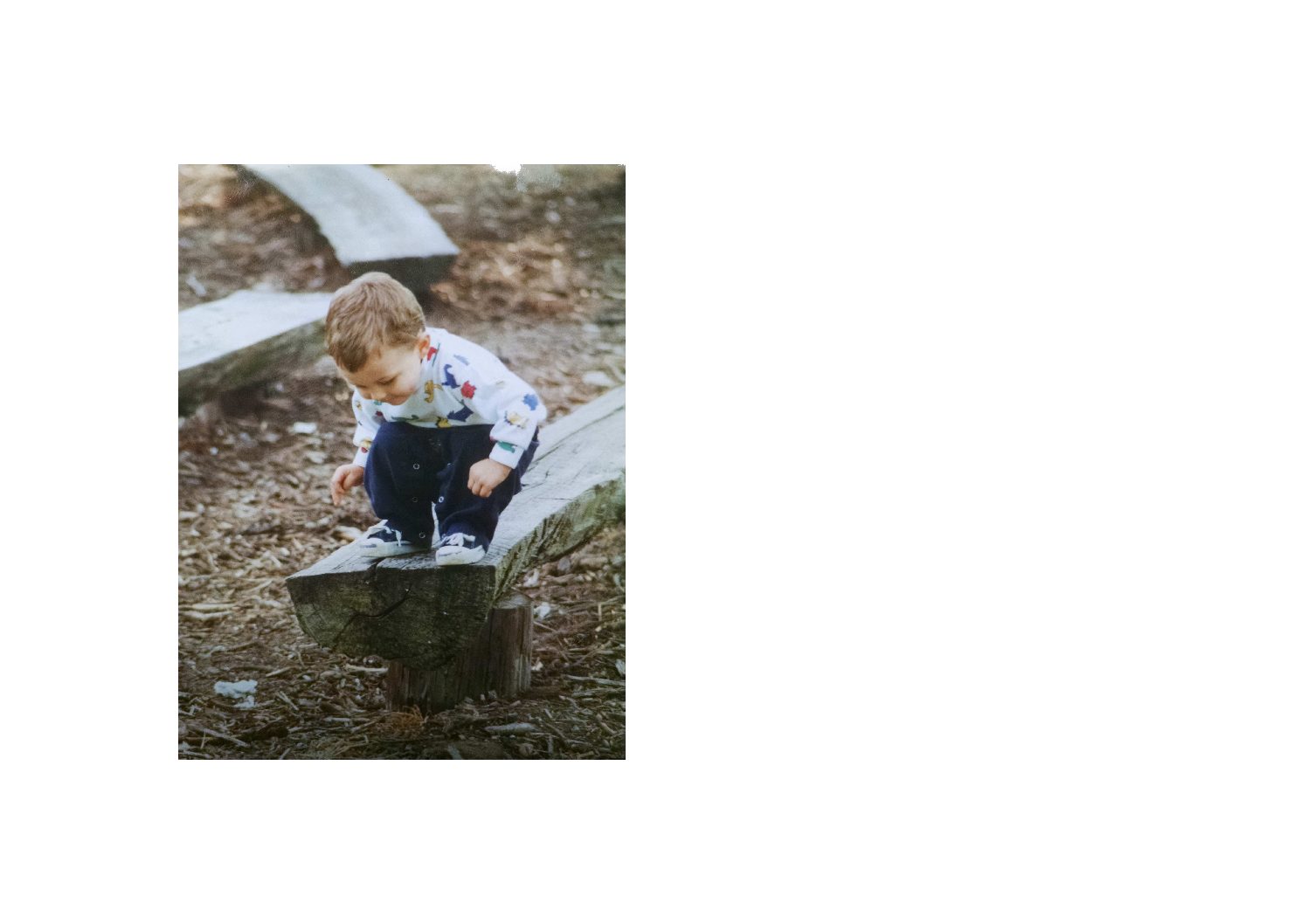“Sharing the same motivations and rules of the self interest game created a common orientation and thus a common operating system for economic actors to participate in.” Brian Davey, Credo, 9.
For a few days I’ve been sleeping in airplanes and hotel rooms. There is nothing in a hotel room that tells you about life. There is a bed, a TV, and some electrical outlets. The closest thing to life is the water piped in, and the view if there is one. Everything non-human has been disappeared except as it appears on the breakfast, lunch or dinner plate. “There is no there there,” as Gertrude Stein once said so famously of Oakland, (By which she meant the place that she had known had been disappeared). What does it mean to live in a place which is no place, an abstraction made concrete (and of concrete), a place where appetite is untethered from its context and therefore unlimited in scope and blind ferocity?
These are the places we made in the name of a certain kind of pantheon of economic Gods – in the name of Efficiency and Innovation and Growth and Jobs. These are the names of the orthodoxy now. It is difficult to argue with the gods. It always has been. These are the places that we make under the influence of our gods – hotel rooms, office buildings, airports. They represent the ideals of our civilization. They are clean to the point of sterility, air-conditioned, anonymous, secure, profitable. These, it seems, is the realm we make when the rules of the game are determined by the lowest common denominator of humanity: unmitigated self-interest. We make places that are stripped of all life and love of life. We make places that are cold, efficient, and impersonal. We make places that reproduce our lowest common denominator – our blind self-interest, our infinite appetite.
As I am traveling in this world of placeless hotel rooms, the DJ Avicii, a mere boy in his 20’s but a superstar of the Electronic Dance Music scene, is dying of a drug overdose in another hotel room in Muscat, Oman. It is a lethal world, this world, even for those who are its “winners,” and infinitely more so for the “losers.”
Why am I traveling in the karmic realm (avicii) of hotel rooms and airports? To protect its opposite paradoxically enough. Brian Davey’s speaks of such places:
“People living in human communities situated in specific biological communities (eco-systems) may come, over time, to recognise that the eco-system in which they live has a “balance level” of health. This is is not the same as what economists understand by equilibrium but a dynamic negotiation between the different elements beyond which “tipping points” occur and the system slips into a different state altogether. The sense of responsibility for the maintenance of a place and the way of life embodies and embeds a recognition of the need to stay back from these ecological tipping points. This is based on a keen appreciation of the needs of the whole human community, as well as the need to maintain balance in the community of species of which it is a part (the eco-system).” Davey, 32.
What if we thought about economics in terms of looking at the whole picture of life on Earth? What if we let economics be about our better selves – the selves that love and nurture our children without pay, that serve as volunteers in our communities, that feel and act on our connection to the environment? What if we advocated for a kind of economics that saw the whole picture of what it means to be alive instead of the current definition that has us fighting over scarce resources, selling ourselves to the highest bidder, bull-dozing “empty” land to make into hotel-rooms, and sacrificing our health and happiness in the name of success?
This is all to say that I am reading Brian Davey’s book Credo (available for free online) where he advocates for just such another kind of economics, and that it’s worth checking out, as well as the website for FEASTA of which Davey is a frequent contributor.
Also here’s a picture of some lovely snowdrops – which I had never seen before – at Jody’s house. Amazingly beautiful little things!







